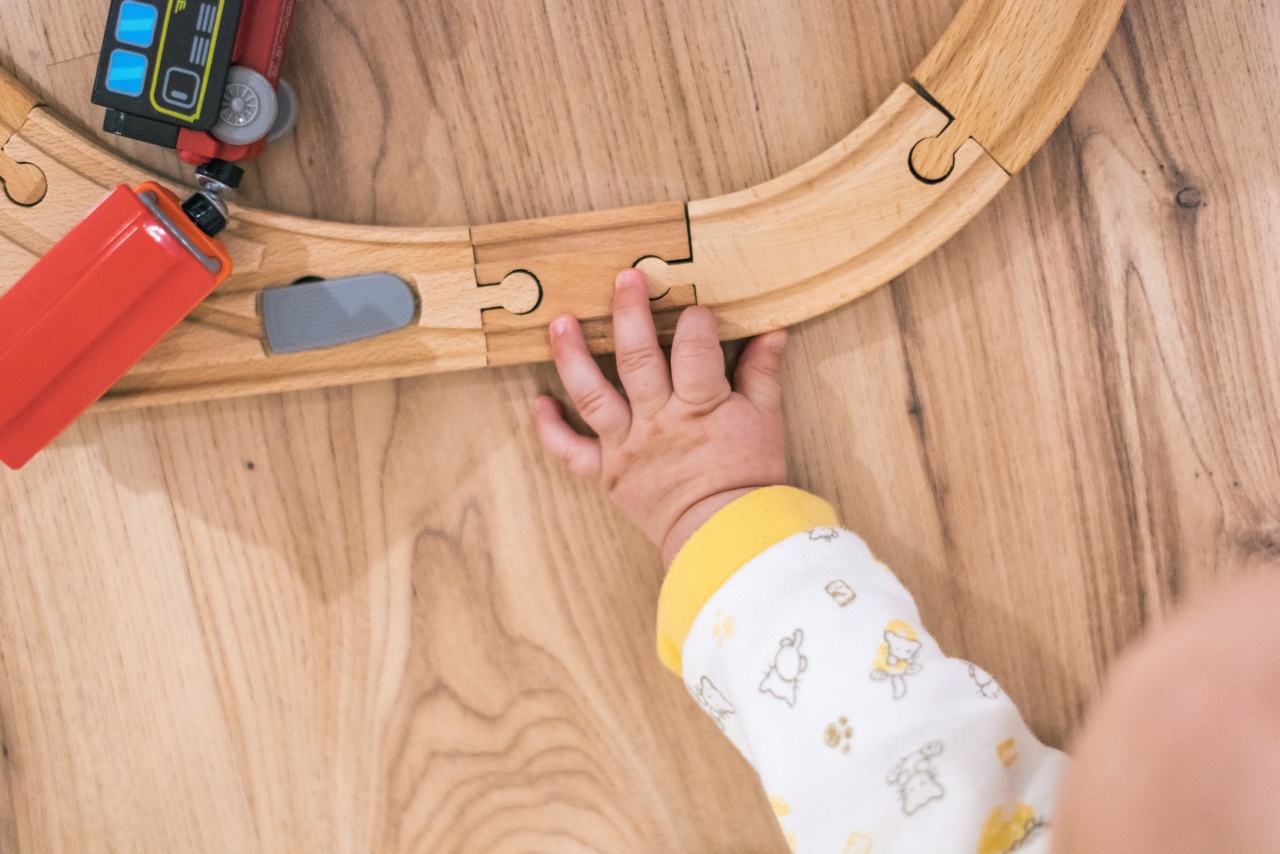Living with a child who has a peanut allergy can be a stressful and challenging experience. Peanut allergies are one of the most common food allergies, and they can cause severe allergic reactions in some individuals, including anaphylaxis.
As a parent, it’s important to understand how to manage your child’s peanut allergy and keep them safe from potential allergens.
Understanding Peanut Allergies
A peanut allergy is an immune response to the proteins found in peanuts.
When a person with a peanut allergy comes into contact with peanuts or peanut proteins, their immune system overreacts, causing symptoms such as hives, swelling, and difficulty breathing. In severe cases, a peanut allergy can even cause anaphylaxis, which is a life-threatening allergic reaction.
Diagnosing Peanut Allergies
If you suspect that your child has a peanut allergy, it is important to speak with a doctor. A doctor can perform tests to diagnose the allergy, including a skin prick test, blood test, or oral food challenge.
Once diagnosed, your doctor can work with you to create an action plan to manage your child’s allergy.
Managing Peanut Allergies
Managing a peanut allergy involves avoiding allergens and being prepared to respond to an allergic reaction if one occurs. Here are some steps parents can take:.
- Avoid foods that may have come into contact with peanuts or peanut proteins
- Read food labels closely to check for peanut ingredients and warnings
- Inform caregivers, teachers, and other parents about your child’s allergy
- Carry emergency medication, such as an epinephrine auto-injector, at all times
- Practice good hygiene, such as washing hands and surfaces frequently to prevent cross-contamination of foods
Living with a Child with a Peanut Allergy
Living with a child with a peanut allergy can be difficult, but it is possible to manage the allergy and keep your child safe. Here are some tips:.
Educate Your Child
Teach your child about their peanut allergy and how to avoid allergens. Explain to them why it’s important to avoid peanuts and how to read food labels.
Emphasize the importance of speaking up if they suspect they’ve come into contact with peanuts or peanut products.
Create a Support System
Let friends, family members, and teachers know about your child’s allergy and how to respond in case of an emergency. Educate them about the symptoms of an allergic reaction and how to use an epinephrine auto-injector.
Consider joining a support group for families dealing with a peanut allergy.
Be Prepared
Keep emergency medication, such as an epinephrine auto-injector, with you at all times. Make sure that your child’s caregivers, such as babysitters and teachers, know how to use it.
Practice using the device yourself so that you are prepared in case of an emergency.
Create a Safe Environment
Make your home a peanut-free zone. Avoid keeping peanut products in the house and make sure that anyone who enters your home is aware of your child’s allergy.
When eating out, research restaurants that are allergy-friendly and inform the staff of your child’s peanut allergy.
Encourage Independence
Teach your child how to manage their allergy on their own as they become older. Encourage them to speak up when they feel unsafe and to take responsibility for checking food labels and reading ingredient lists.
Conclusion
Living with a child with a peanut allergy can be challenging, but with proper management and preparation, it is possible to keep your child safe and healthy.
Remember to educate yourself, educate others, be prepared, create a safe environment, and encourage independence. With these strategies in place, you can help your child live a happy and healthy life despite their peanut allergy.































